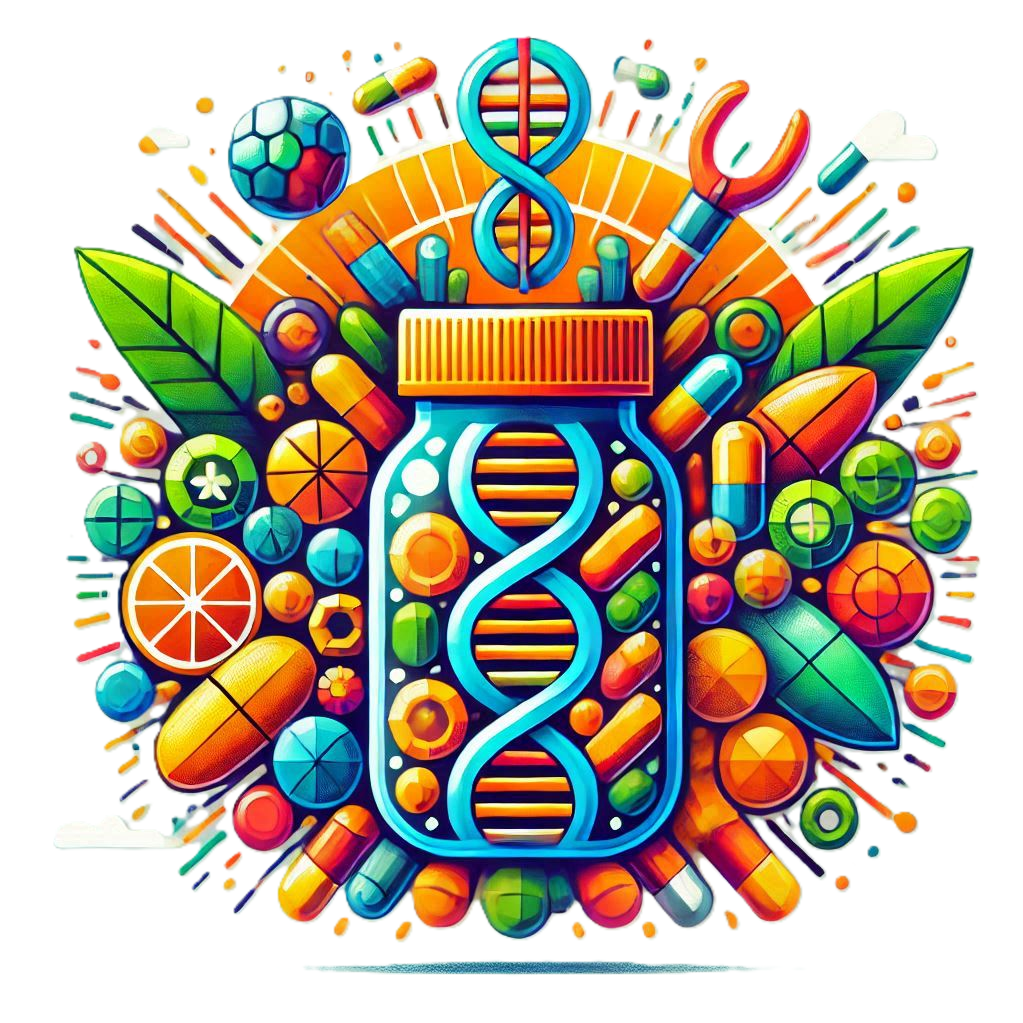Leaping into the future: Discover the groundbreaking advancements revolutionizing dialysis and transforming lives like never before!

Image courtesy of Mike Bird via Pexels
Table of Contents
Introduction:
When it comes to healthcare, staying informed about the latest advancements can significantly impact a person’s well-being. In this blog post, we will be discussing the exciting and innovative developments in the field of dialysis. Dialysis plays a crucial role in the lives of individuals with renal failure, and recent technological advancements have brought forth improvements in both the effectiveness and convenience of this treatment. Join us as we dive into the future of dialysis and explore how these advancements are revolutionizing kidney care.
Section 1: Wearable and Portable Dialysis Devices:
Traditionally, dialysis has been performed in hospitals or specialized clinics, requiring patients to dedicate several hours multiple times a week to the treatment. However, recent breakthroughs in technology have led to the development of wearable and portable dialysis devices.
These devices, small enough to be carried by patients wherever they go, allow for greater flexibility and independence. They utilize miniaturized filters, pumps, and sensors to mimic the functions of a full-scale dialysis machine. This innovation has transformed the treatment landscape, offering individuals the opportunity to receive dialysis treatments in the comfort of their homes or even during travel.
Section 2: Implantable Bioartificial Kidneys:
Looking further into the future, scientists are exploring the potential of implantable bioartificial kidneys. These breathtaking inventions aim to replicate the intricate functions of a real human kidney, offering a long-term solution for individuals with renal failure.
Researchers are working on devices that can be surgically implanted into the body, where they function in a manner similar to a natural kidney. These bioartificial kidneys utilize living cells and advanced filtration systems to efficiently remove toxins and waste from the bloodstream, eliminating the need for external dialysis treatment altogether. Although these devices are still in the experimental stages, they hold immense promise for improving the quality of life for countless individuals.
Section 3: The Role of Nanotechnology:
Nanotechnology, the science of manipulating matter at the atomic and molecular scale, is opening up new possibilities in healthcare, including dialysis. Researchers are exploring the use of nanoparticles in dialysis membranes to enhance the efficiency and selectivity of the filtration process.
Nanoparticles can be tailored to have specific properties that optimize filtration and reduce complications. They can improve the removal of toxins while minimizing the loss of essential molecules, such as proteins. Additionally, nanotechnology is also being used to develop smart sensors that can detect abnormalities in the dialysis process, enabling early intervention and personalized treatments.
Section 4: The Integration of Artificial Intelligence:
The realm of artificial intelligence (AI) has made significant strides in healthcare, and dialysis is no exception. AI is being integrated into dialysis machines and devices to monitor patients in real-time, predict complications, and optimize treatment parameters.
Machine learning algorithms are employed to gather data from patients and dialysis machines, analyzing trends and patterns to detect potential health issues. Real-time monitoring of vital signs, blood chemistry, and fluid status can help healthcare professionals make timely interventions, preventing adverse events and enhancing treatment outcomes. AI also enables personalized adjustments based on individual patients’ needs, ultimately improving the efficacy and safety of dialysis.
Section 5: Conclusion:
As technology continues to advance, the future of dialysis looks promising. Wearable and portable devices offer convenience and flexibility, bioartificial kidneys provide a potential long-term solution, and the integration of nanotechnology and artificial intelligence enhances the effectiveness and personalization of treatment.
These innovations have the potential to transform the lives of individuals suffering from renal failure, offering them increased mobility, improved treatment outcomes, and a better overall quality of life. It is essential to stay informed about these advancements and advocate for their implementation to ensure that all patients can benefit from the latest breakthroughs in dialysis technology.
Stay Informed: Subscribe to Our Dialysis Technology Newsletter!
Discover the Latest Breakthroughs and Innovations in Dialysis Technology Today.
>
FAQs
Can dialysis be done at home?
Yes, with the advent of wearable and portable dialysis devices, it is now possible to receive dialysis treatment in the comfort of your own home. These devices mimic the functions of a full-scale dialysis machine and offer greater flexibility and independence.
Are implantable bioartificial kidneys currently available?
No, implantable bioartificial kidneys are still in the experimental stages of development. While researchers are making significant progress, these devices are not yet commercially available. However, they hold immense promise for the future and may provide a long-term solution for individuals with renal failure.
How does nanotechnology improve dialysis?
Nanotechnology is used to enhance the efficiency and selectivity of the filtration process in dialysis. By incorporating nanoparticles into dialysis membranes, researchers can improve the removal of toxins while minimizing the loss of essential molecules. Nanotechnology also allows for the development of smart sensors that detect abnormalities and enable personalized treatments.
How does artificial intelligence improve dialysis treatment?
Artificial intelligence (AI) is integrated into dialysis machines to monitor patients in real-time, predict complications, and optimize treatment parameters. By analyzing data from patients and dialysis machines, AI algorithms can detect trends and patterns, aiding in early intervention and personalized adjustments. This improves the efficacy and safety of dialysis, ultimately leading to better treatment outcomes.






